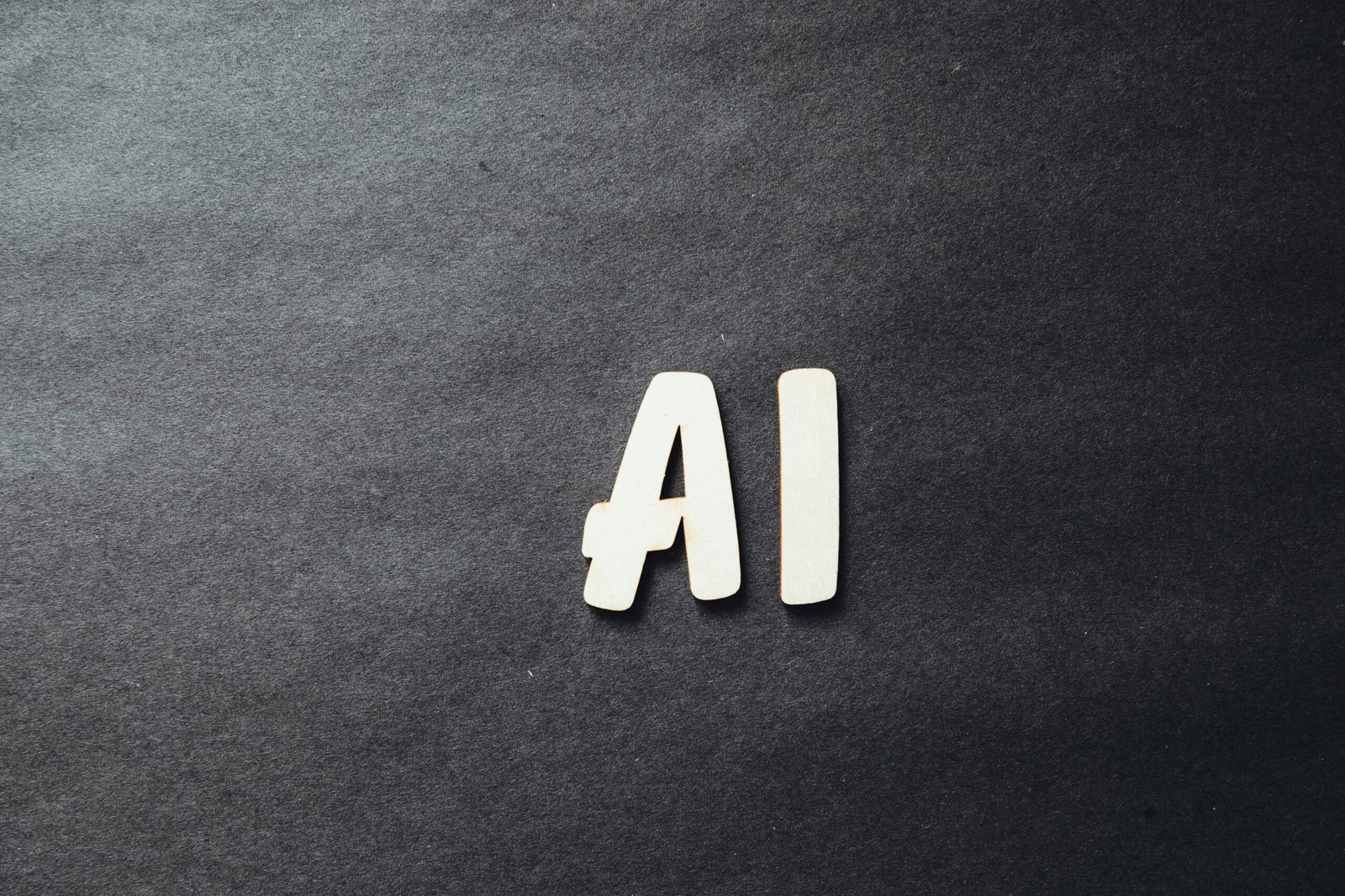Introduction to Training and Development in HR
Training and development represent pivotal components within the realm of Human Resources (HR), facilitating the enhancement of employees’ skills, knowledge, and competencies. These efforts are fundamental not only to individual career growth but also to the overarching sustainability and advancement of an organization. Training, traditionally viewed as a process of imparting specific skills through structured sessions, encompasses a broad spectrum of methods aimed at short-term improvements. Development, conversely, is a more long-term endeavor focusing on broader skills such as leadership, problem-solving, and innovation.
The evolving business landscapes necessitate a shift from these historical training paradigms to more dynamic and adaptive strategies. The rapid integration of technology and the continuous flux in market demands compel HR departments to embrace modern approaches that foster ongoing learning and adaptable skill sets. Organizations are increasingly recognizing that their competitive edge hinges on their capacity to cultivate an agile workforce, equipped to navigate the complexities of a technologically driven world.
Modern training and development strategies have thus expanded to include e-learning platforms, virtual reality simulations, and data-driven personalization of training content. Such approaches ensure that training is not a one-time event but an integral, continual element of the employee experience. The focus is now on creating a culture of continuous learning where employees are encouraged to constantly upgrade their skills through various innovative and interactive methods.
This blog post will delve into various facets of these contemporary training and development strategies. Subsequent sections will explore the specific types of training methods, the role of technology in enhancing training effectiveness, the importance of aligning training with organizational goals, and the metrics to measure training success. Understanding these aspects is vital for HR professionals aiming to develop robust strategies that not only foster individual growth but also propel organizational success.
Modern Training Techniques and Practices
In the rapidly evolving field of human resources, modern training techniques and practices have become pivotal in ensuring that employees remain competitive and well-equipped for current and future challenges. One of the primary methods organizations are employing is the use of e-learning platforms. These digital platforms offer flexibility and scalability, allowing employees to access training material anytime and anywhere. The integration of videos, interactive modules, and forums provides a holistic and engaging learning experience.
Artificial intelligence (AI) and machine learning are revolutionizing personalized training. These technologies analyze vast amounts of data to tailor training programs to individual needs, thereby enhancing learning outcomes. AI can predict learning preferences and suggest courses that match the skill gaps of employees, offering a customized training journey. For instance, IBM has effectively utilized AI to create personalized learning experiences that adapt to each employee’s career goals and learning style.
Mobile learning, or m-learning, is another significant trend in training and development strategies. With the ubiquity of smartphones, employees can now receive training updates, participate in courses, and access learning resources on-the-go. This approach supports microlearning, which delivers content in small, manageable chunks that can be quickly consumed, making training more digestible and less time-consuming.
Innovative practices like gamification are increasingly popular in HR training. By incorporating game elements such as points, badges, and leaderboards into training programs, organizations can boost engagement and motivation. For example, Deloitte employs gamification in its leadership training programs to keep participants engaged and to foster a competitive yet collaborative learning environment.
Virtual reality (VR) training offers immersive, hands-on learning experiences that are particularly effective for complex simulations and soft skills development. Companies like Walmart have adopted VR to train employees in customer service scenarios, significantly improving their readiness and confidence.
Lastly, social learning tools that leverage social media, collaborative platforms, and peer interactions facilitate knowledge sharing and mentorship. These tools encourage continuous learning and support a culture of collaboration within organizations. An example is Microsoft’s use of Yammer, a social networking tool for enterprises, to promote peer-to-peer learning and community engagement among employees.
These modern training techniques and practices highlight the innovative strides organizations are making to enhance human resources development. By leveraging technological advancements, companies can provide more effective, engaging, and personalized training experiences for their workforce.
Strategies for Effective Employee Development
Effective employee development strategies are essential to cultivating a skilled and adaptable workforce. One of the fundamental approaches is career pathing, which provides employees with a clear roadmap for their professional growth within the company. Career pathing not only helps employees understand their potential trajectory but also boosts motivation and aligns personal growth with organizational objectives.
Mentorship programs represent another critical strategy. By pairing less experienced employees with seasoned professionals, these programs foster knowledge transfer, skill development, and networking within the organization. Mentorship programs also contribute to building a supportive work environment and enhancing employee engagement.
A continuous feedback system is integral to an effective training and development strategy. Unlike traditional annual reviews, continuous feedback promotes real-time performance improvement and keeps employees aligned with their goals. Regular check-ins help identify areas of improvement promptly and ensure employees are consistently developing their skills.
Leadership development programs are vital for preparing the next generation of company leaders. These programs focus on nurturing leadership capabilities, strategic thinking, and decision-making skills. Encouraging leadership at various organizational levels promotes a culture of ownership and empowers employees to take initiative.
Creating a culture of learning is indispensable for sustained organizational growth. This involves promoting an environment where learning is valued and encouraged. Offering various learning opportunities, such as workshops, online courses, and self-development resources, ensures that employees continuously enhance their skill sets.
Aligning development goals with overall company objectives is another crucial component. Ensuring that employee growth strategies support the organization’s mission and values facilitates a more cohesive and purposeful workforce. Employees are more likely to invest in their development when they see it contributing to the company’s success.
Finally, leveraging data analytics to track progress and measure the impact of development initiatives is essential for refining training and development strategies. Using data-driven insights allows human resources to identify what works and what needs improvement, thereby optimizing the effectiveness of development programs.
Overcoming Challenges in Training and Development
Implementing effective training and development strategies within the scope of human resources presents numerous challenges. One primary hurdle is budget constraints, which can limit the breadth and quality of training programs. To navigate financial limitations, organizations can prioritize training needs by identifying critical skills gaps and allocating resources to develop those areas first. Additionally, leveraging cost-effective solutions such as online courses and internal coaching can maximize training impact while minimizing expenses.
Resistance to change is another significant obstacle that HR professionals face. Employees accustomed to existing processes and routines may be reluctant to embrace new training initiatives. To mitigate this, it is essential to foster a culture of continuous learning and underscore the benefits of personal and professional growth. Engaging employees early in the planning process and incorporating their feedback can also facilitate smoother transitions by ensuring that the training programs are relevant and valuable to them.
The rapid pace of technological advancements poses yet another challenge, making it difficult to keep training programs current and effective. Regularly updating training materials and incorporating the latest tools and platforms can help address this issue. Partnering with technology vendors and industry experts can also provide insights into emerging trends and innovative approaches.
Ensuring employee engagement and sustaining motivation are critical for the success of any training and development effort. Interactive training methods, such as workshops, simulations, and gamified learning, can enhance engagement. Recognizing and rewarding participation and achievements can also boost motivation and reinforce a commitment to ongoing development.
Executive buy-in and support are paramount for the success of training and development programs. Leaders should champion these initiatives by actively participating in training sessions and communicating their value to the organization. Demonstrating executive commitment can significantly influence employee attitudes and participation rates.
Lastly, evaluating the effectiveness of training programs is crucial for continuous improvement. Implementing a robust evaluation framework that includes pre- and post-training assessments, feedback surveys, and performance metrics can provide valuable insights. Organizations can adjust and refine their training strategies based on these insights to ensure they continue to meet evolving needs and objectives.







